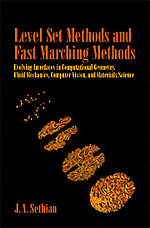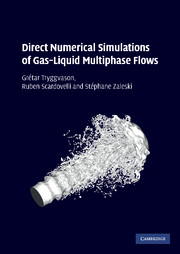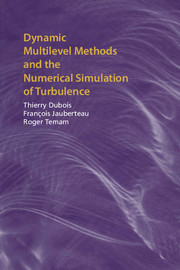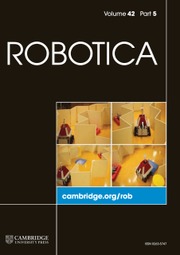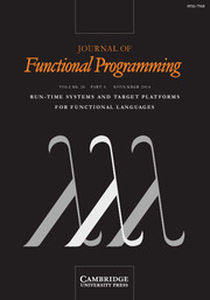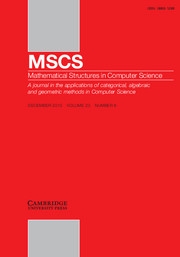Level Set Methods and Fast Marching Methods
In this new edition of the successful book Level Set Methods, Professor Sethian incorporates the most recent advances in Fast Marching Methods, many of which appear here for the first time. Continuing the expository style of the first edition, this introductory volume presents cutting edge algorithms in these groundbreaking techniques and provides the reader with a wealth of application areas for further study. Fresh applications to computer-aided design and optimal control are explored and studies of computer vision, fluid mechanics, geometry, and semiconductor manufacture have been revised and updated. The text includes over thirty new chapters. It will be an invaluable reference for researchers and students.
- An introductory text leading to sophisticated numerical schemes for front propagation
- State-of-the-art algorithms, many of which are unpublished
- Numerous examples
Reviews & endorsements
"The book does give a representative picture of the flavor of the field today." Mathematical Reviews
"It is a useful introduction to a remarkably dynamic area." Mathematics of Computation
Product details
June 1999Paperback
9780521645577
404 pages
229 × 156 × 19 mm
0.525kg
Available
Table of Contents
- Introduction
- 1. Formulations of interface propagation
- Part I. Theory and Algorithms:
- 2. Theory of curve and surface evolution
- 3. Hamilton–Jacobi equations and associated theory
- 4. Numerical approximations: first attempt
- 5. Numerical schemes for hyperbolic conservation laws
- 6. Algorithms for the initial and boundary value formulations
- 7. Efficient schemes: adaptivity
- 8. Triangulated versions of level set and fast marching method: extensions and variations
- 9. Tests of basic methods
- Part II. Applications:
- 10. Geometry
- 11. Grid generation
- 12 Image denoising
- 13. Computer vision: shape detection and recognition
- 14. Fluid mechanics and materials sciences: adding physics
- 15. Computational geometry and computer-aided-design
- 16. First arrivals, optimizations, and control
- 17. Applications to semi-conductor manufacturing
- 18. Comments, conclusions, future directions
- References
- Index.

